The curved-leafed bottle tree – an endemic tree species found only in Vietnam – is facing extinction with only 13 ancient trees left in the country.
Among the coastal protection forests of the Central region, there is a special tree species that few people know about, which is the curved-leaf bottle (Shorea falcata). This is an endemic tree species found only in Vietnam, and is listed as critically endangered according to the Red List of the International Union for Conservation of Nature (IUCN).
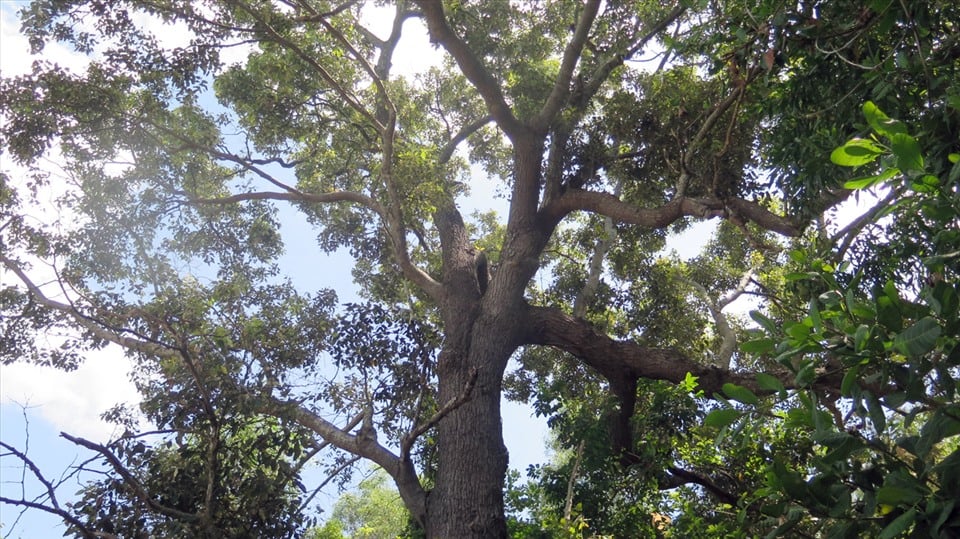
Ancient curved-leaf bottle tree with wide canopy. Photo: Lao Dong
Curved leaf bottle - Rare plant species with high economic and protective value
The curved-leaf bottle is a large tree with thick, gray-brown bark and a longitudinally cracked trunk that can grow up to 30-40m tall when mature. The most prominent feature of this tree is the shape of its leaves: long or oval-shaped leaves, but the lower part is offset from the upper part, creating a characteristic curved shape, perhaps that is why people named it the curved-leaf bottle.
Since ancient times, the curved-leaf bottle has been highly valued for its strong, durable wood, which, if left to dry for many years, becomes as hard as iron. In the past, curved-leaf bottle wood was often used to make beams, columns, beds, cabinets, boats, and even important housing projects. In addition to its economic value, this tree species also plays a role in environmental protection, helping to retain soil, block storms, and create green landscapes for coastal areas.
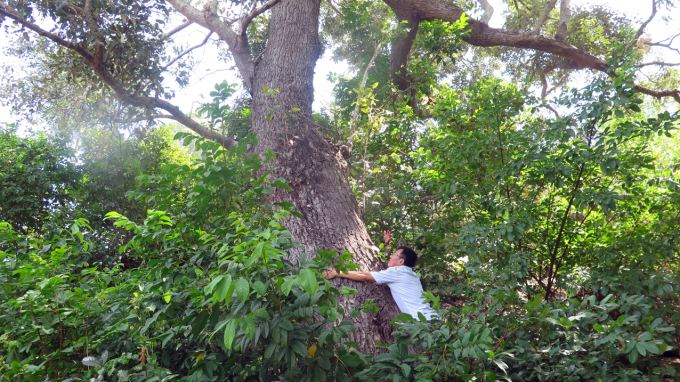
The curved-leaf bottle tree in Phu Yen is considered the "mother tree" with a diameter of over 1m. Photo: Manh Hoai Nam
Sharing with the press, Director of the Song Cau Town Forest Protection Management Board, Mr. Ton That Thinh, emphasized: "Curved-leafed chai has the ability to grow well in harsh climate conditions, has high protective value, helps to retain soil, prevent erosion and contribute to creating a sustainable ecosystem." However, despite its great potential, the protection of this tree species has not been carried out systematically.
According to research by the Institute of Natural Resources and Environment (Hue University), in 2022, there will be only 13 ancient curved-leaf bottle trees remaining in the wild. Of these, 7 trees are in Song Cau town (Phu Yen), the rest are scattered in Cam Ranh (Khanh Hoa). Although the trees still flower and bear fruit every year, it is very worrying that there are no naturally regenerated seedlings. This means that this tree species cannot maintain its population in the natural environment without human intervention.
In Xuan Canh commune, Song Cau town, where the most curved-leaf bottle trees are concentrated, local people are also worried. Some curved-leaf bottle trees were cut down in the past due to lack of understanding of their value. Local people said that they did not know how valuable curved-leaf bottle trees were before. Now there are only a few trees left, everyone wants to keep them, but without government support, it will be difficult to protect them long-term.
In 2020, a nearly 400-year-old curved-leaf bottle tree in Naval Region 4 (Cam Ranh, Khanh Hoa) was recognized as a Vietnamese heritage tree by the Vietnam Association for Conservation of Nature and Environment. This is a testament to the special historical and ecological value of this tree species, but a heritage tree alone is not enough to save the curved-leaf bottle tree from extinction.
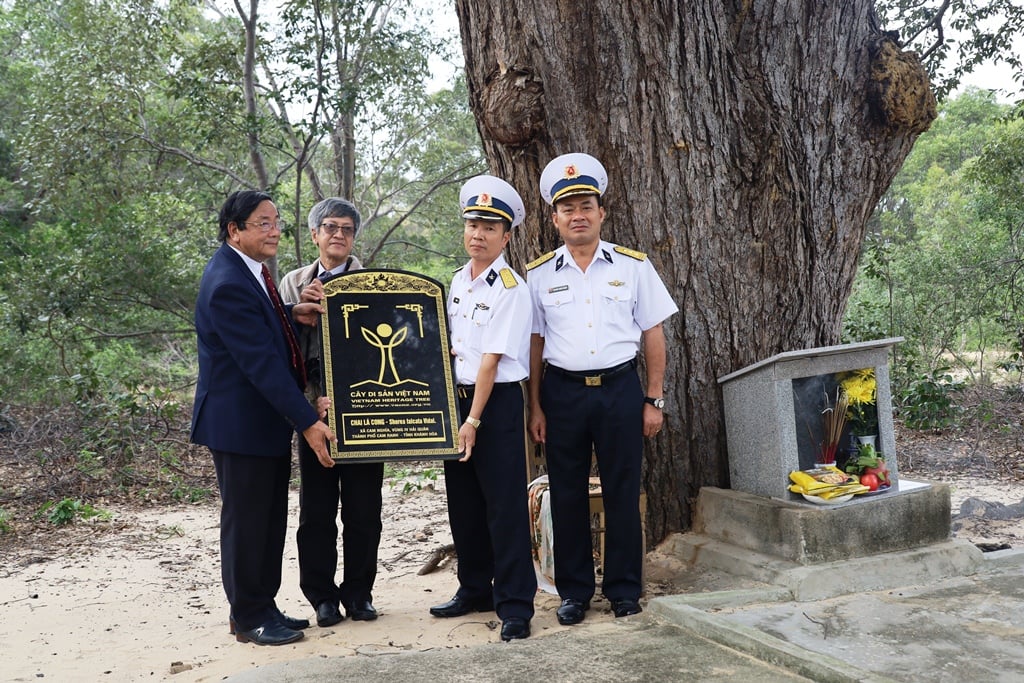
In 2020, the Chairman of the Khanh Hoa Association for Conservation of Nature and Environment awarded the decision to recognize the Vietnamese heritage tree to the representative of Region 4 HQ. Photo: PLO
Conservation of curved leaf bottle: Urgent action needed
Faced with the increasingly shrinking number of curved-leafed bottlebrushes, scientists and authorities have proposed two main conservation methods: in-situ conservation and ex-situ conservation.
In situ conservation is an urgent solution, which means strictly protecting the remaining mother trees in the wild, preventing illegal exploitation. At the same time, it is necessary to collect seeds and cultivate them in suitable areas, to maintain the population in the long term.
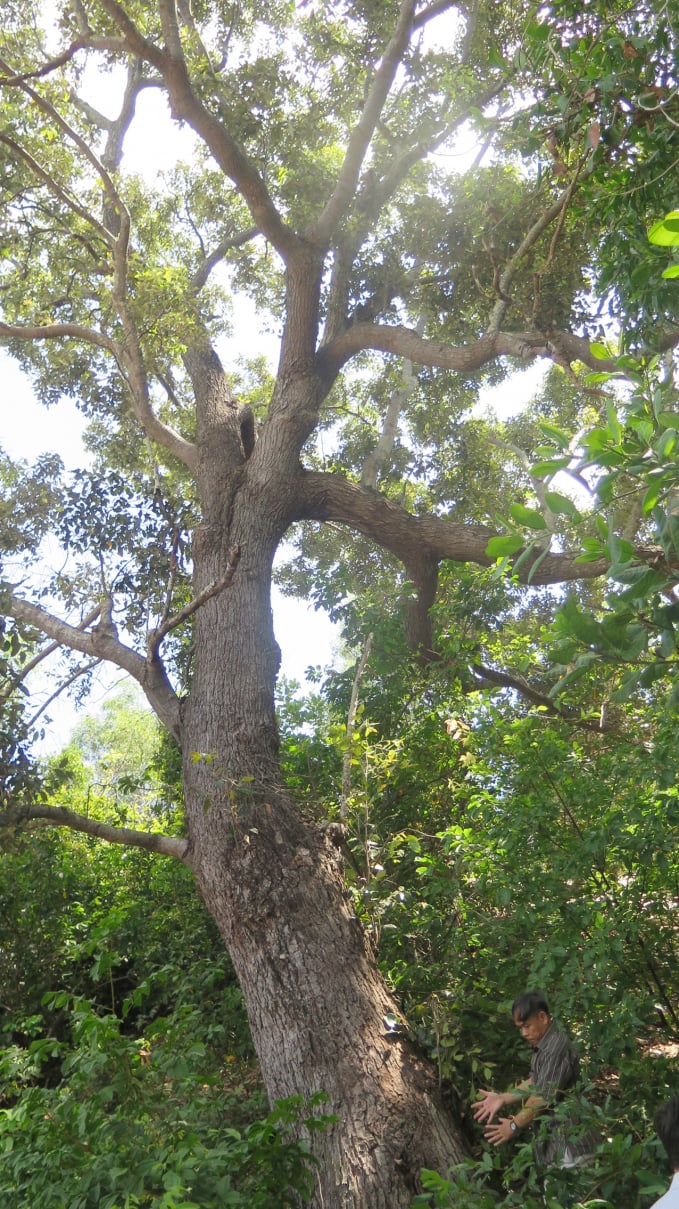
Ancient curved-leaf bottle tree with wide canopy. Photo: Manh Hoai Nam
Ex situ conservation is the method of propagating the curved-leaf bottle tree in botanical gardens or other areas with similar soil conditions, helping to expand the distribution range of this tree species.
Mr. Ton That Thinh said: "To preserve this tree species, we must first conduct a thorough investigation of its current distribution status and regeneration ability. Then, we need to implement a program to preserve gene sources, propagate and bring seedlings to plant in areas with suitable conditions."
Currently, some units have begun to research and propagate curved-leaf bottle, but the number of seedlings is still very limited. To successfully preserve it, strong participation from local authorities, nature conservation organizations and the cooperation of the community is needed.
Curved-leafed bottle - This endemic plant not only has ecological value but is also an important part of Vietnam's history and culture. If we do not take timely action, we will lose an irreplaceable natural treasure.
The curved-leafed bottle tree – a precious natural symbol of Vietnam – is facing the risk of disappearing. Protecting this tree species is not just the responsibility of one person, but the common duty of all of us, to preserve a part of the natural heritage for future generations.
Source: https://danviet.vn/chai-la-cong-trong-sach-do-cung-nhu-sat-quy-hon-vang-raem-nhat-the-gioi-chi-viet-nam-co-13-cay-20250214153431655.htm


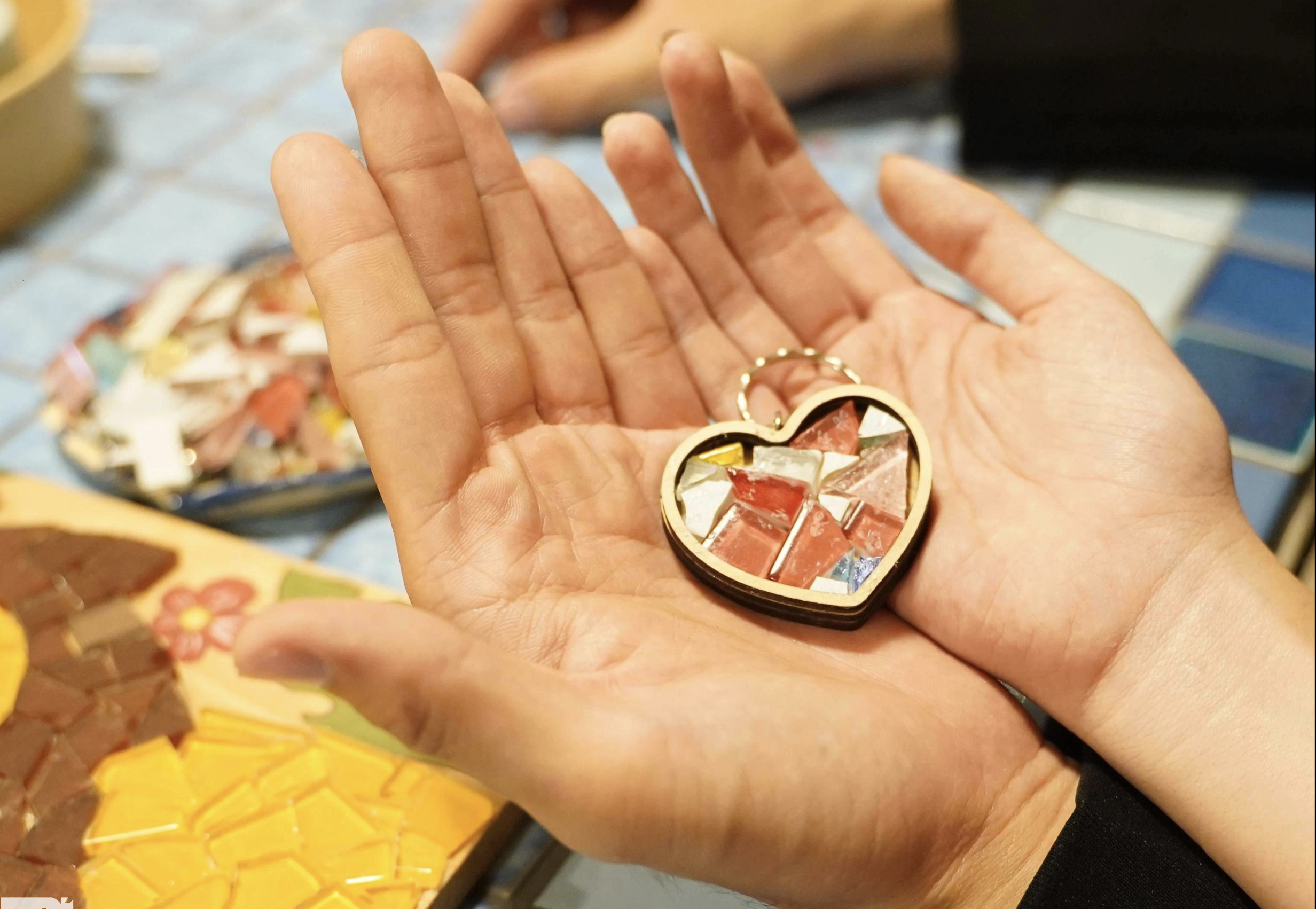


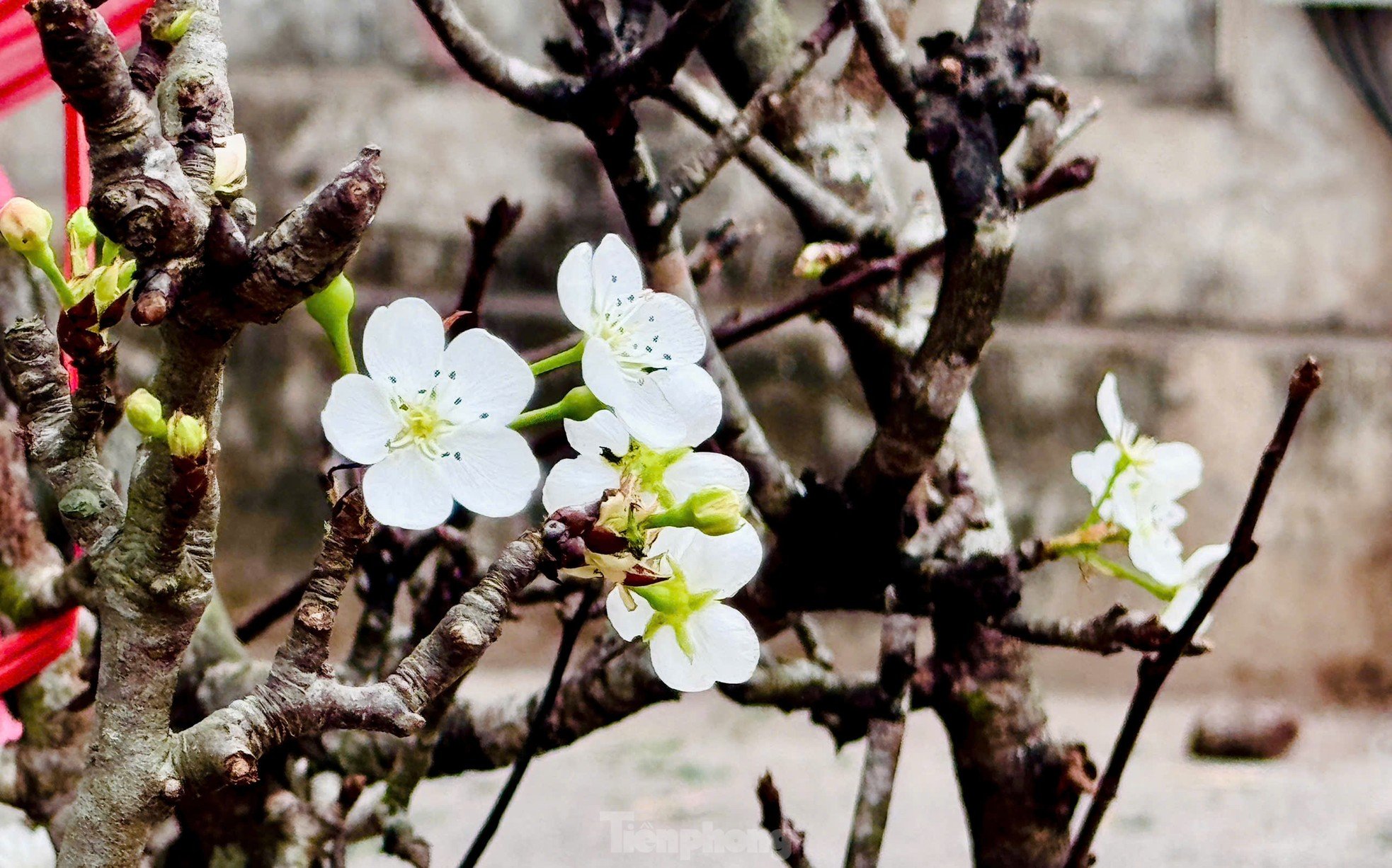
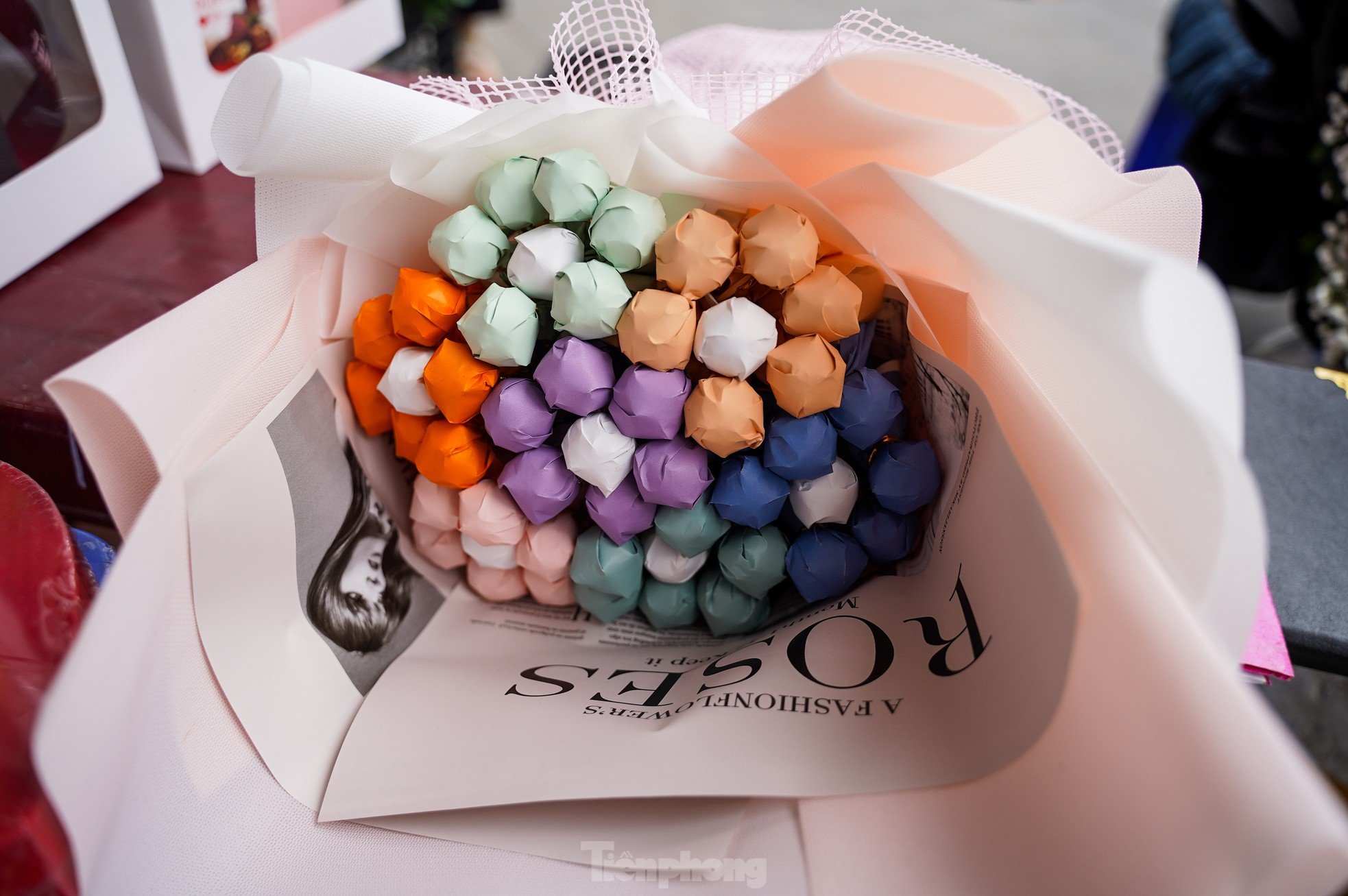
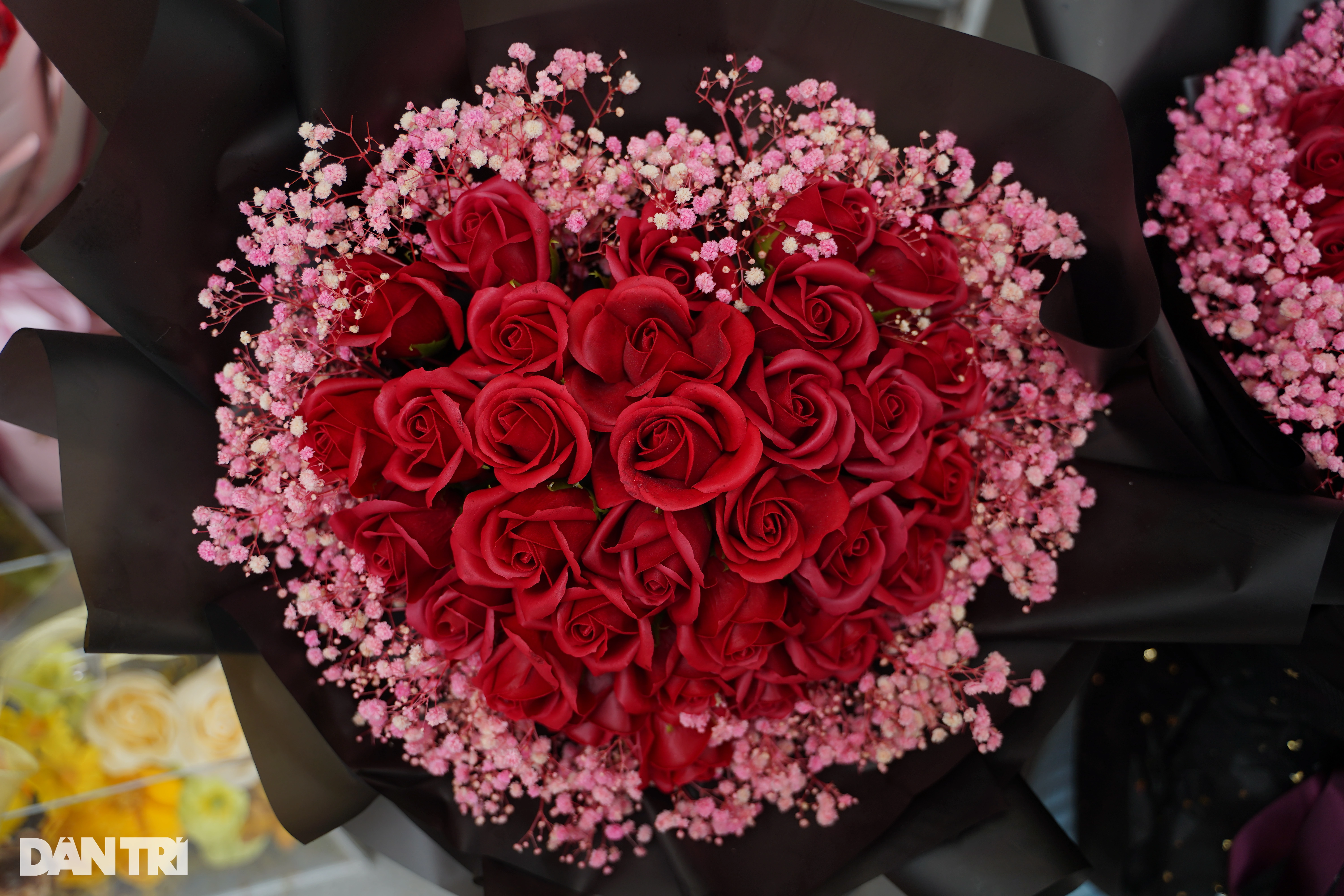






















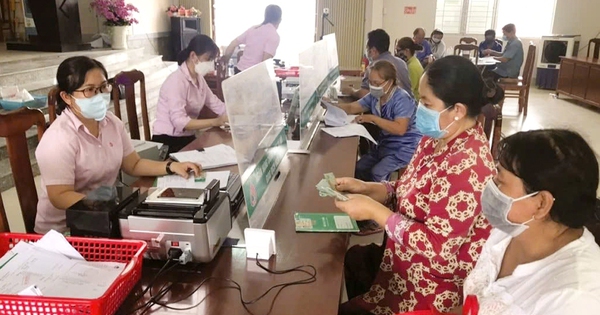
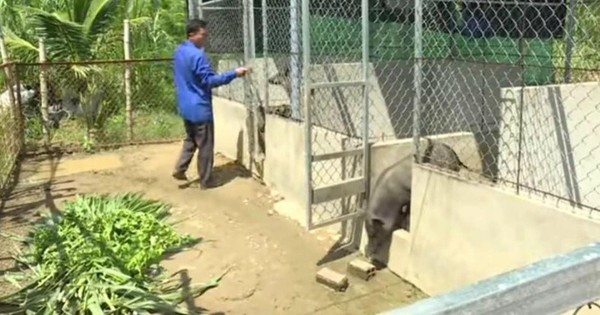
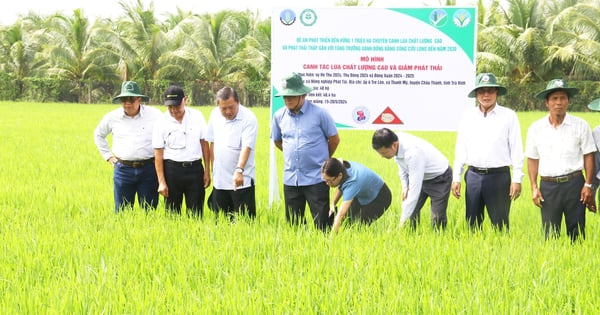
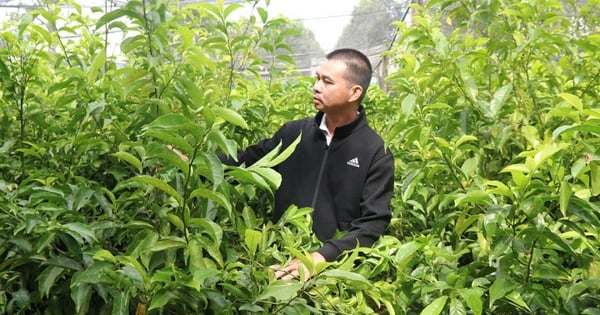
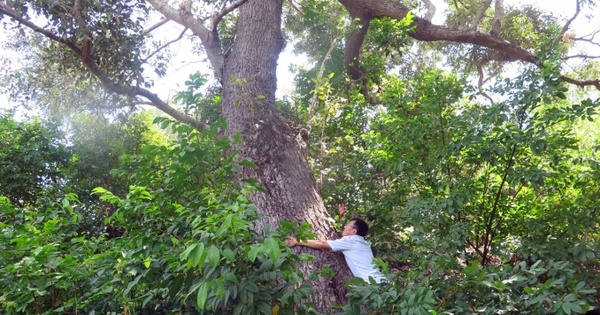
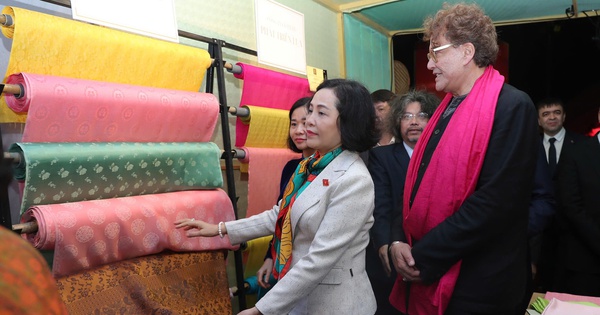

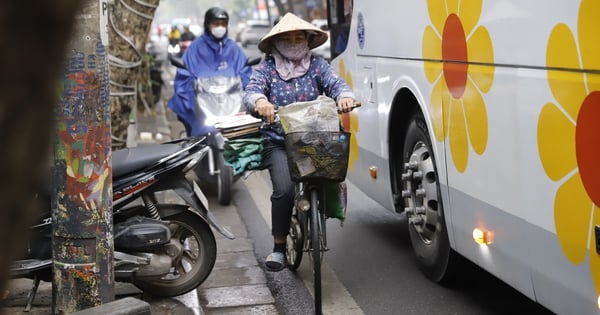
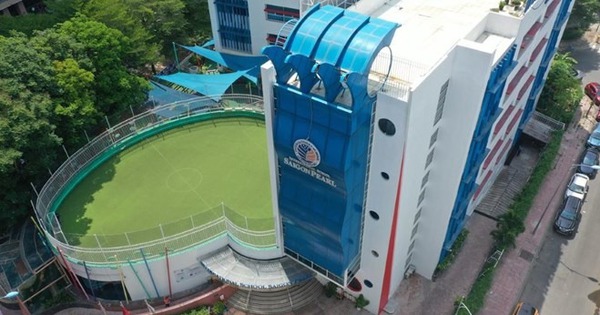





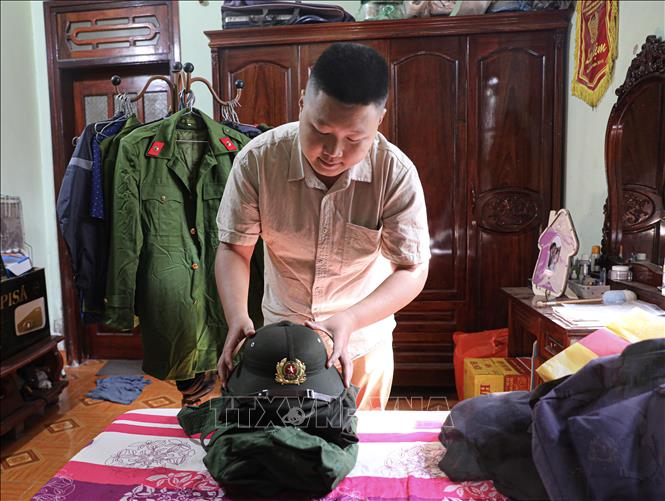







Comment (0)